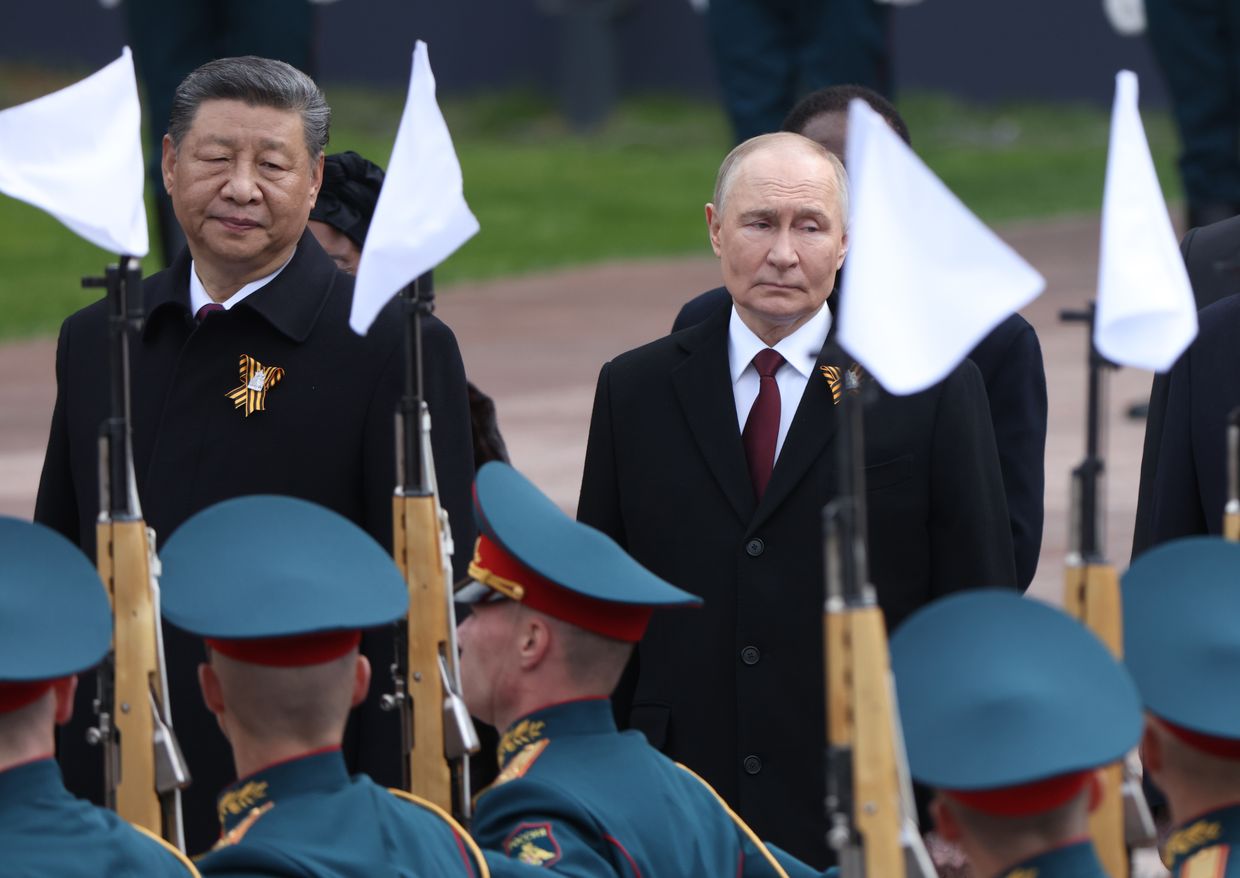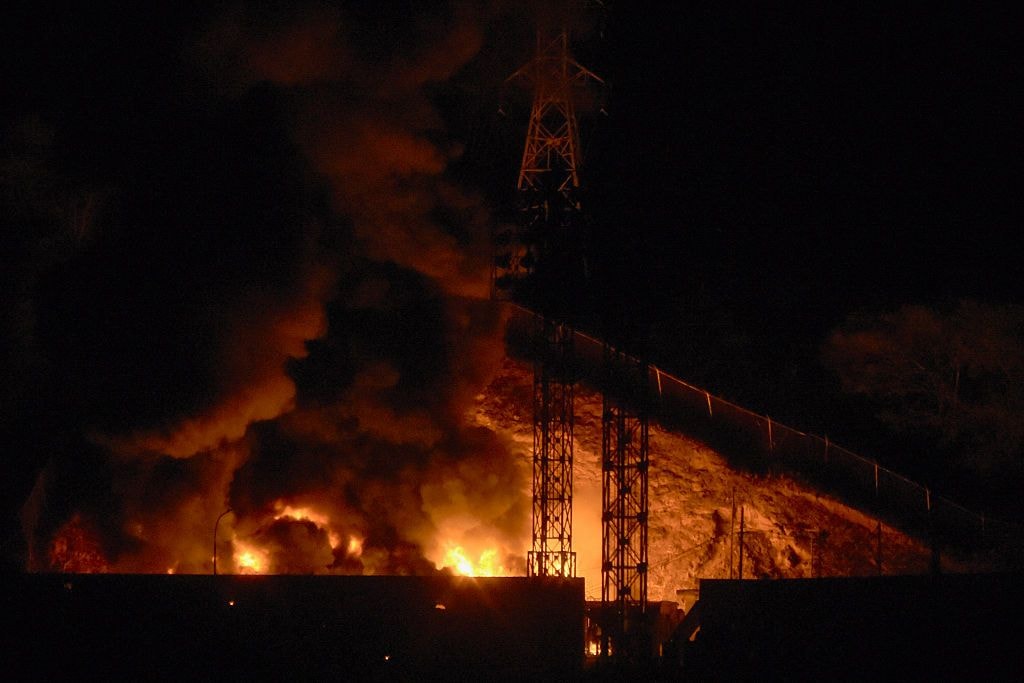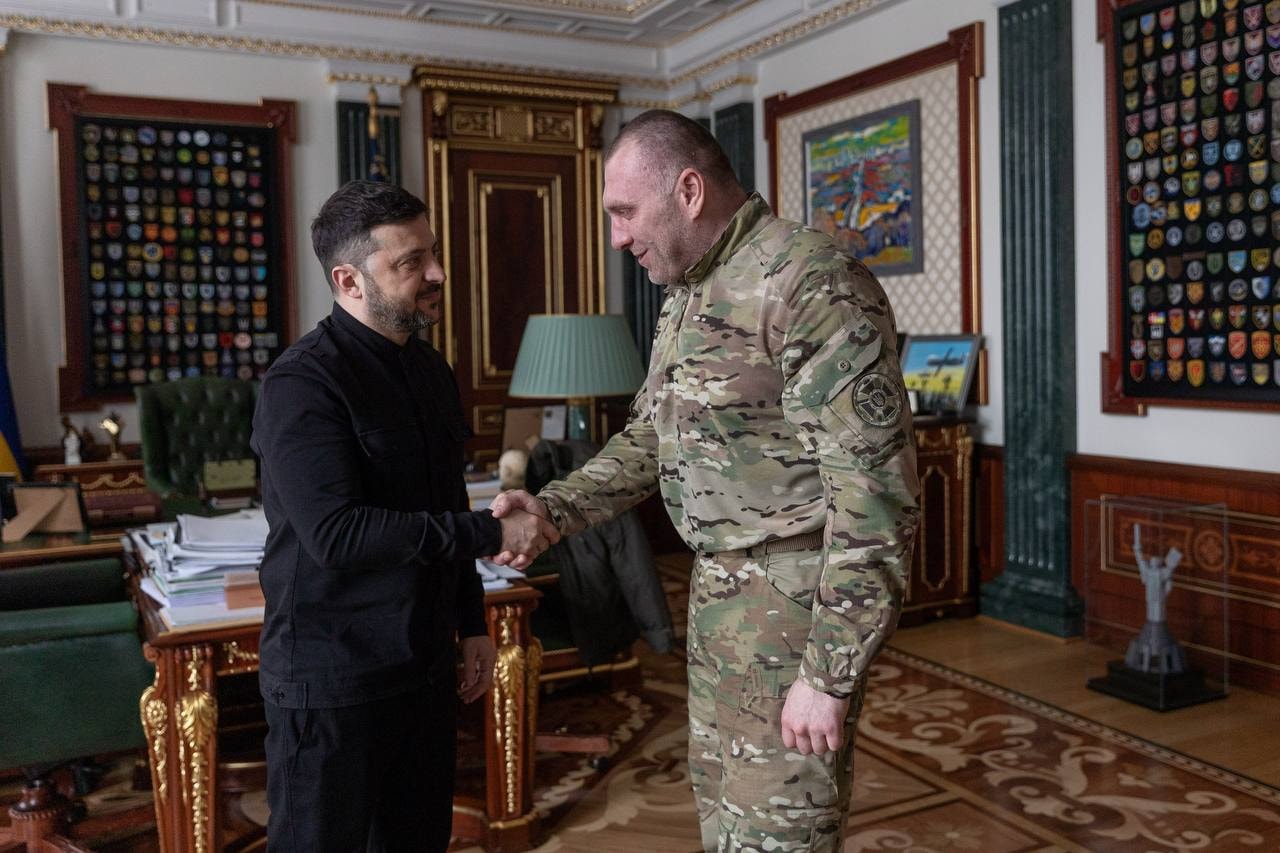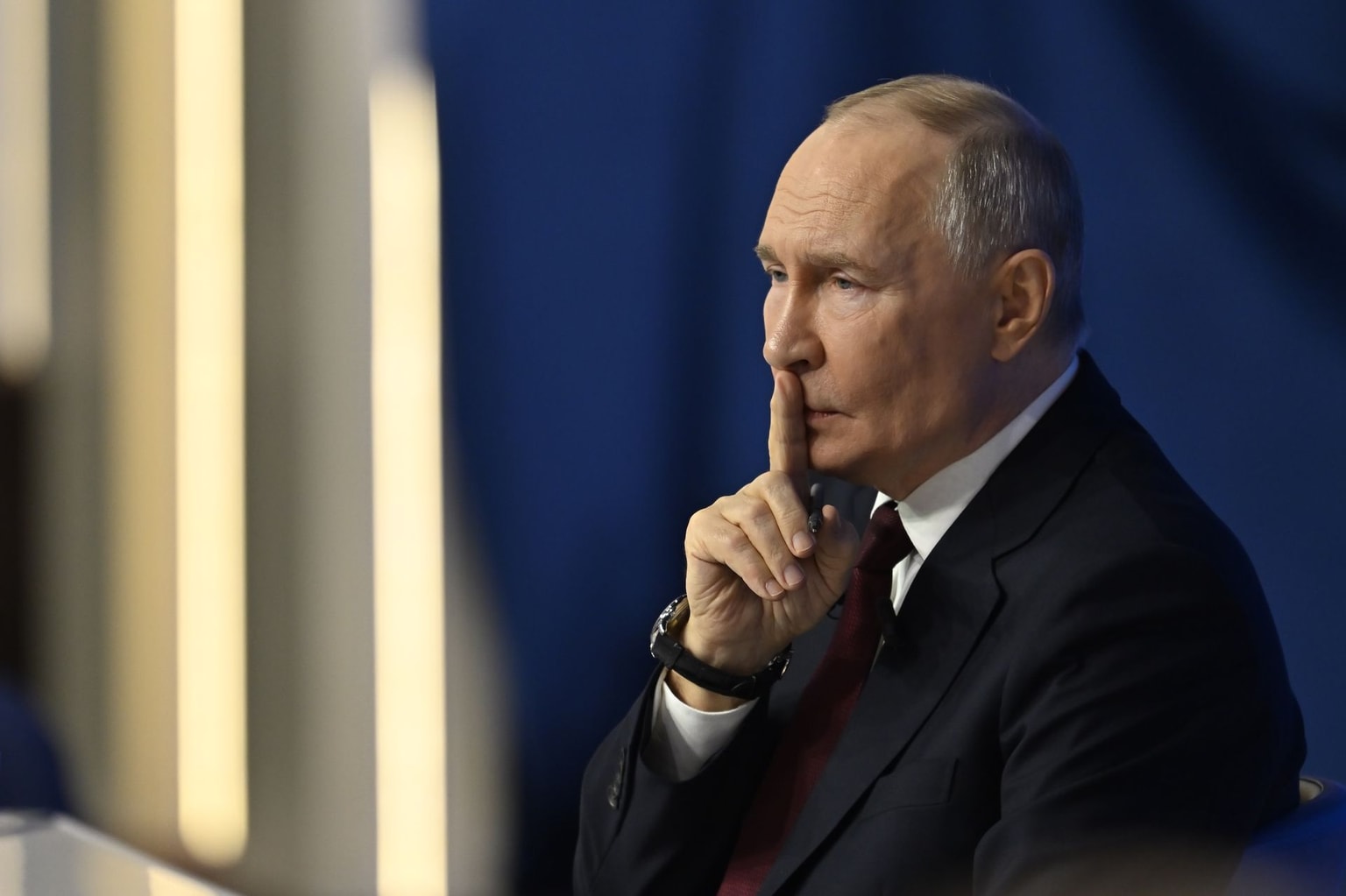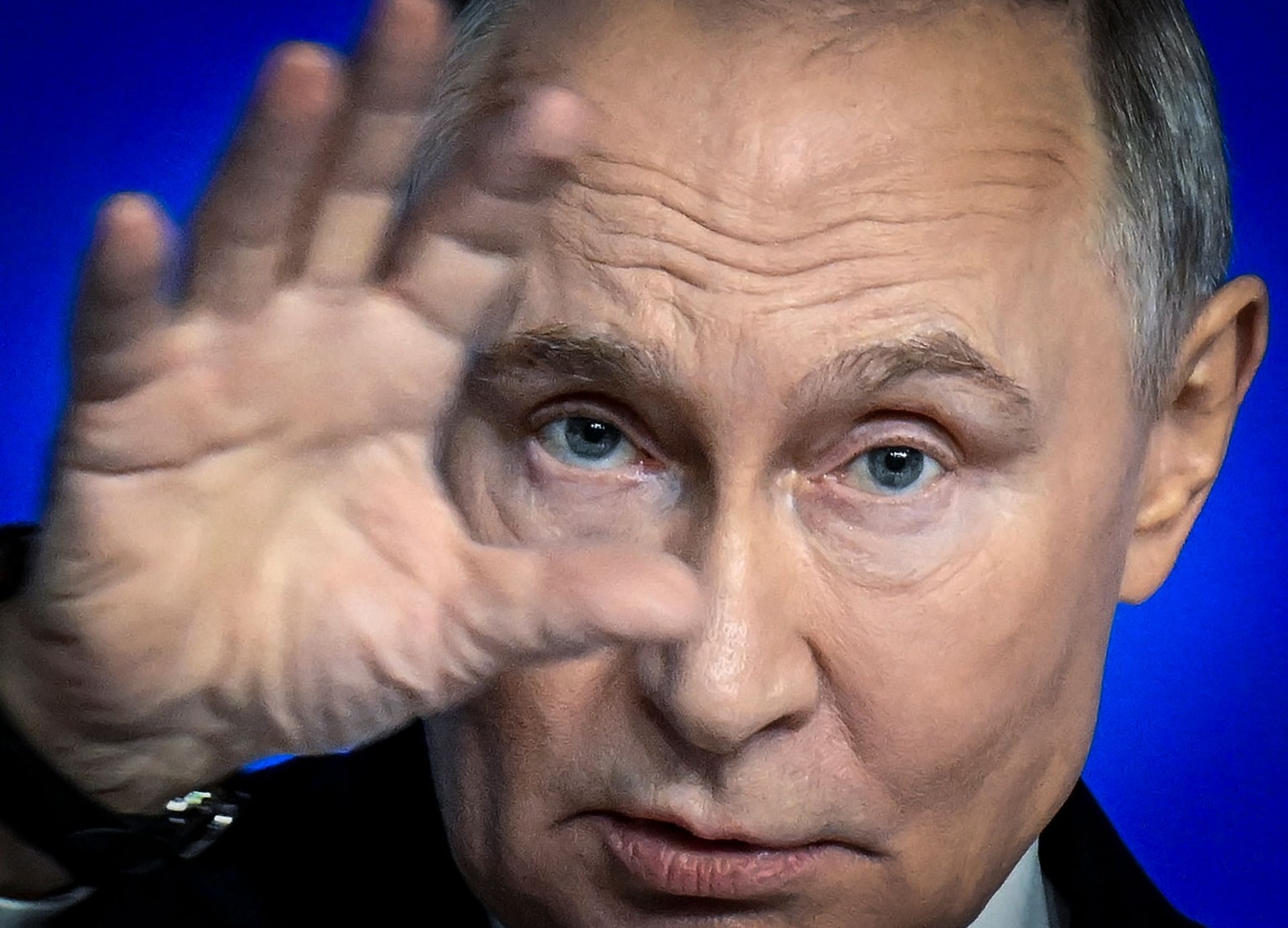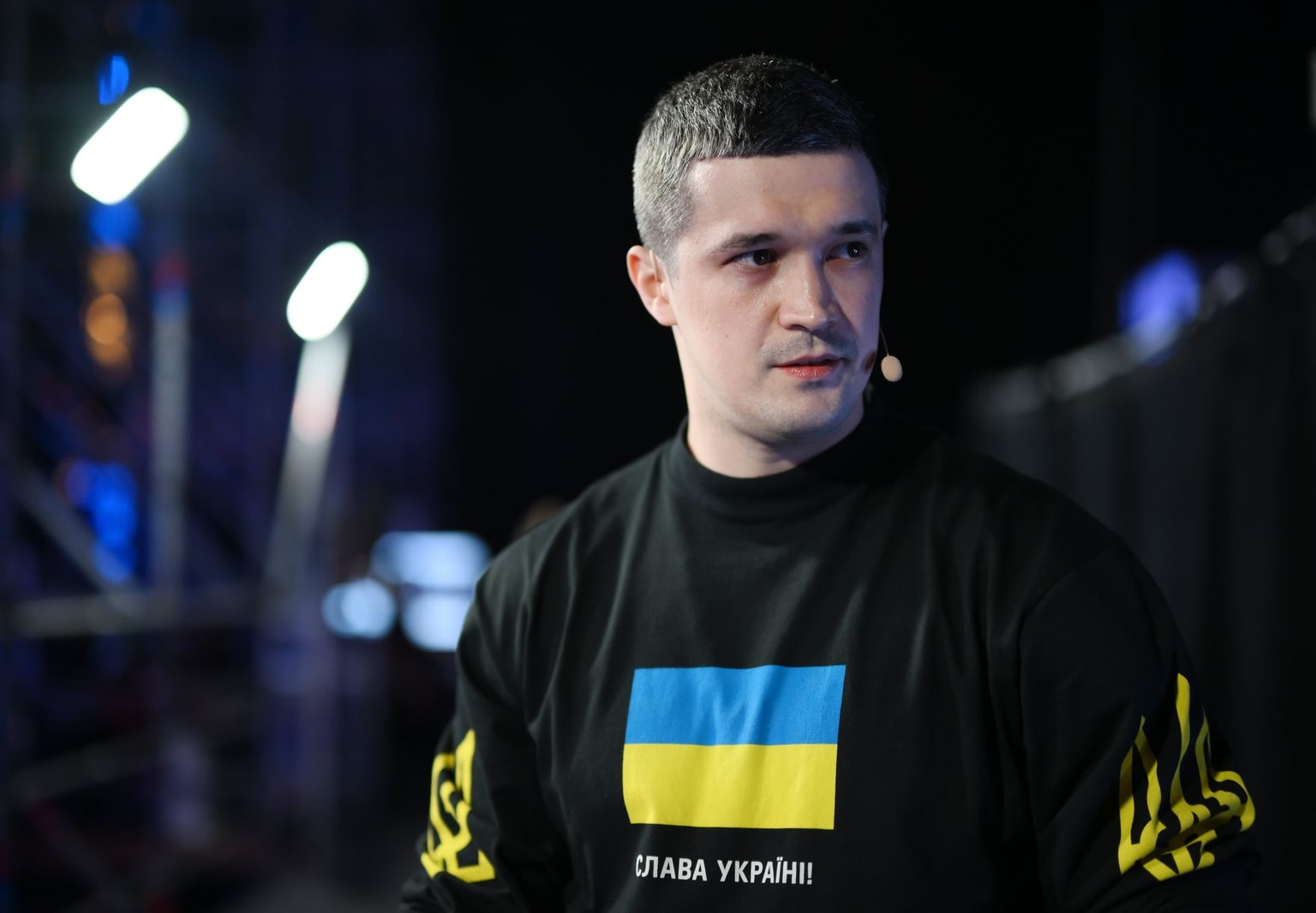
War has changed: Ukraine’s tech pioneers are leading the fight West can’t afford to ignore
A fighter from the UAV unit of the Striletskyi Special Police Battalion controls an FPV drone from a dugout during a combat mission in the Zaporizhzhia Oblast, Ukraine, on May 23, 2025. (Dmytro Smolienko / Ukrinform / NurPhoto via Getty Images)

Robert Seely
Former British MP, head of strategy at Trypillian defense technology startup
The next conflict isn’t coming — it’s already being fought in Ukraine. Not by NATO generals in simulated exercises, but by small, underfunded teams of Ukrainian innovators building the future of warfare with laptops, soldering irons, and scraps of carbon fiber.
Ukraine is rewriting the rules of modern ground conflict — and unless we understand and invest in that transformation, Ukraine won’t get the defense funding it needs, whilst NATO nations will be left dangerously exposed.
Only two countries in the world are capable of fighting a modern, high-intensity infantry war, and neither of them is in NATO; one is Ukraine and the other is Russia. That’s bad news for our eastern flank.
No other armed forces engage in full-spectrum combat across land, air, and cyber domains, involving drones, jamming communications, and layered electronic warfare. For sure, Israel gets an honourable mention, but its infantry enemies are terror groups and paramilitary, not armies.
The battlefield saturation of infantry-level drones is the clearest indicator of the military tech transformation. This is part of the move to a human-free, automated, and robotic front line. It’s already starting to happen.
Importantly, it’s not only drones in the sky but on the land and sea, and in some ways, the most devastating effect has been seen with naval drones. And the question persists: how often in history has a nation without a navy defeated a major surface fleet?
Meanwhile, Russia has pioneered a new form of total war where military and non-military tools are united in a single theory of conflict and in a single doctrine. Whilst much of this was rooted in the Soviet totalitarian past, Russian President Vladimir Putin’s reimagined theory of warfare is new enough in many areas.
The Ukrainian defense sector should become a critical part of the Western defense industry.
And his tools, as we now know, are not just military.
Kyiv too is developing its own way of war. It is using Ukrainian innovation against Russian mass, creating a warfighting style grounded, broadly, in decentralization and rapid adaptation. That’s why some of Ukraine's most brilliant defense minds are currently working in garages, workshops, and makeshift R&D spaces, not labs. Whilst this industry is coalescing, it is still in its early stages.


The Western defense model, in the meantime, needs disruption — and disruptors — because it is becoming unaffordable.
Let me give you an example. When I was writing my book The New Total War, I visited, amongst other Ukrainian units, a specialist drone battalion. This battalion was getting through 150 suicide drones a day. Their drones cost around $1,000-2,000 each. They covered perhaps 15 kilometers of the front line, along a front line around 1,000 kilometers long.
By contrast, Western loitering munitions can cost $50,000 each. Let’s do the maths: 150 drones a day for a month, for one unit, on one short section of the front line — the monthly costs come to a third of a billion dollars. The West needs quality as well as quantity — mass — but it has an arms industry that can’t produce modern weapons at a realistic price.
Тhe solution is to learn from Ukraine.
The Ukrainian defense sector should become a critical part of the Western defense industry. While larger countries are still designing complex and expensive platforms, Ukraine is gaining a tactical advantage with fast, innovative, affordable weapons.
Yet, Ukrainian innovators continue to work with minimal access to Western capital. This level of support does not reflect either the urgency of the war or the scale of Ukraine’s technological importance to the West.
Venture capital and investment funds are put off by the fear of investing in Ukraine and by a continued hostility to defense as an industry. Yet, who do we want to develop a lead in defense: NATO and its allies, or Russia and China?
Ukraine has a critical role to play not only in the fight against modern fascism but also in the rearming of the West. Therefore, it’s crucial that we see Ukraine integrated more fully into the Western world, including its defense industries, which have a vital role to play not only in defending Ukraine, but all of us.

Editor’s Note: The opinions expressed in the op-ed section are those of the authors and do not purport to reflect the views of the Kyiv Independent.

